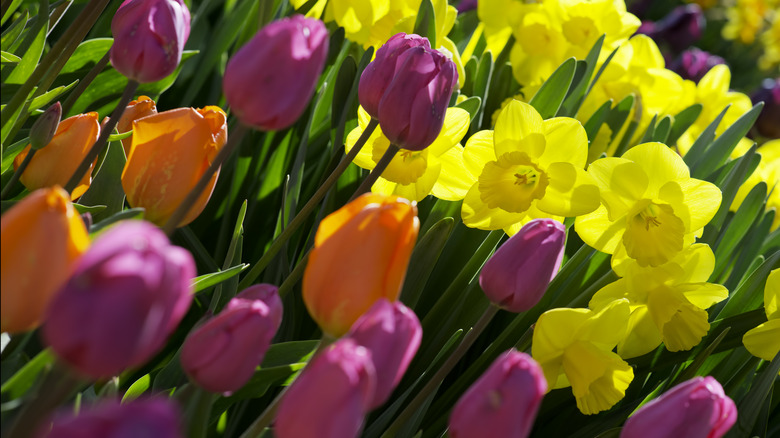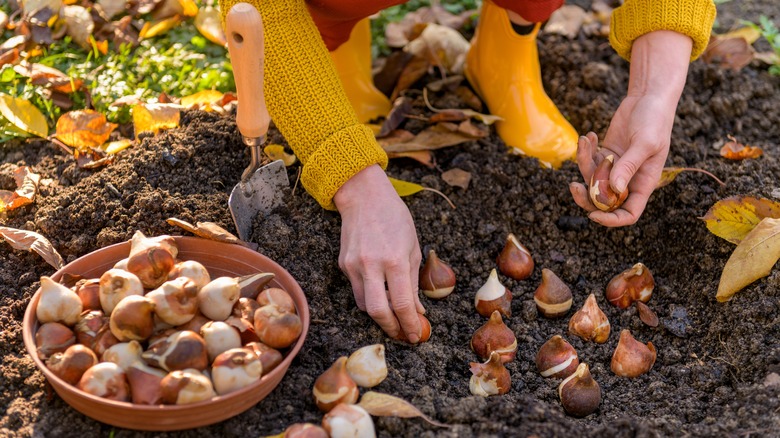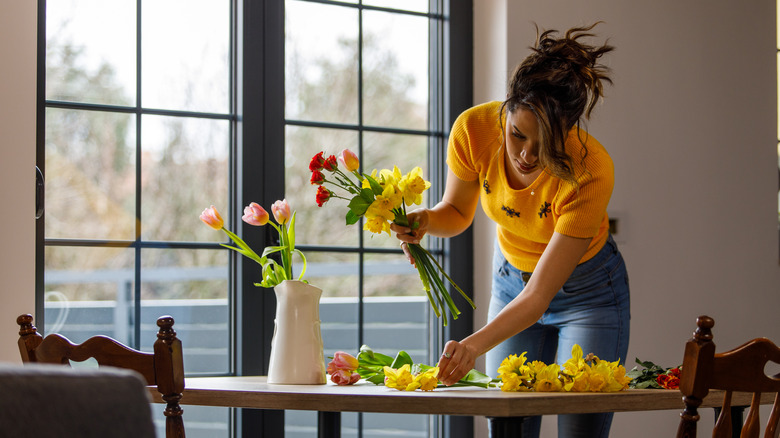Can You Plant Summer And Spring Bulbs Together?
The first and most common obstacle new gardeners face is the question of what to plant and when to plant it. Worrying about whether certain plants and flowers work well together or can be planted this season can intimidate some gardeners. If you're wondering if you can plant your spring and summer bulbs together, the answer is yes! Why should you have to choose? In fact, planting summer and spring bulbs together is encouraged as it can allow you to enjoy a garden bursting with color through both seasons.
Planting spring and summer bulbs together will allow your flowers to take turns brightening your garden, with flowers like tulips and daffodils blooming in the spring, while flowers like snowdrops and gladioli make their appearance in the summer. Opting for tall flowering plants also helps to cover up flowers that have begun to fade when seasons change. Planting flowers that work well together or those that can cohabitate between different seasons is called companion planting, and a method of planting bulbs for continuous blooms is called layer planting. An added bonus when it comes to layer planting is that it makes the most out of the space you have in your garden and allows you to get more bang for your buck with fertilizers since all of your flowers will be getting their nutrients from the same soil.
How to plant spring and summer bulbs
The purpose of layer planting is for it to lead to succession blooming. This is when flowers bloom one after the other, hopefully with some overlap in between. The two main things you will have to consider with layer planting and succession blooming is when the flowers bloom and how high they will grow. You will want to plant lower-growing and earlier-blooming flowers toward the front of your garden and plant higher-growing flowers behind them. This will allow all your plants an equal chance to soak up enough sun.
When layering your bulbs for planting, the lasagna method is a good way to make use of the space in your garden. It involves digging two or three layers deeper than you usually would, depending on how many different flowers you're planning on planting. Your earlier blooming flowers would need to be planted on top with your later blooming flowers planted below them. The University of Minnesota suggests that you can start your summer and spring bulbs together indoors and force them to bloom through cold treatment in combination with sufficient sunlight. They can then be transplanted into your garden when the conditions are right.
What bulbs can be planted together?
When choosing which bulbs to mix in your garden, consider which flowers look and work better together. For example, planting both high-growing plants in the same space won't allow the taller flowers to cover the earlier blooming flowers. Daylilies, crocuses, and irises pair well with daffodils because of their difference in height and their bloom cycles. Hyacinths, tulips, and coral bells also work hand in hand with daylilies and daffodils.
Some bulbs like daylilies and catmint can still be planted together even though they won't bloom around the same time. This is because the long stems in plants like catmint won't hinder spring bulbs like daffodils and Dutch irises from blooming around them. When planting bulbs together, also consider the insects they attract as well as the diseases each plant is prone to. While tulips and crocuses work well together, they both attract snails and slugs and can be susceptible to gray mold disease.


